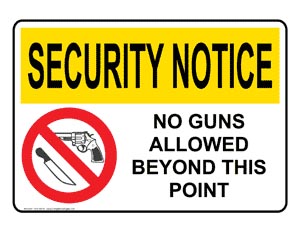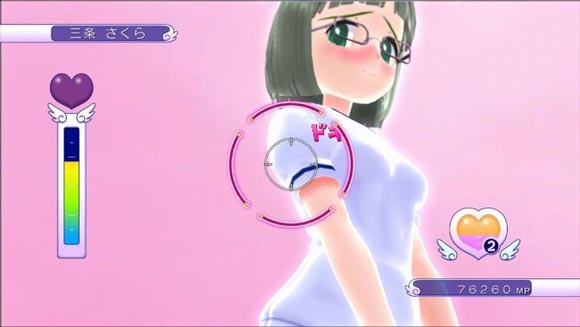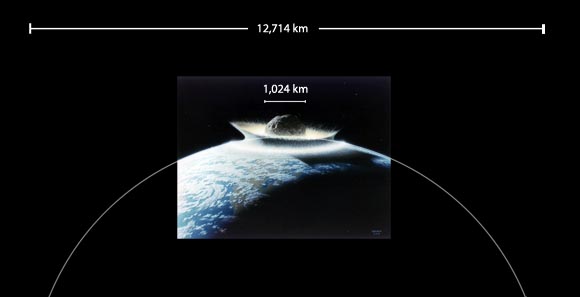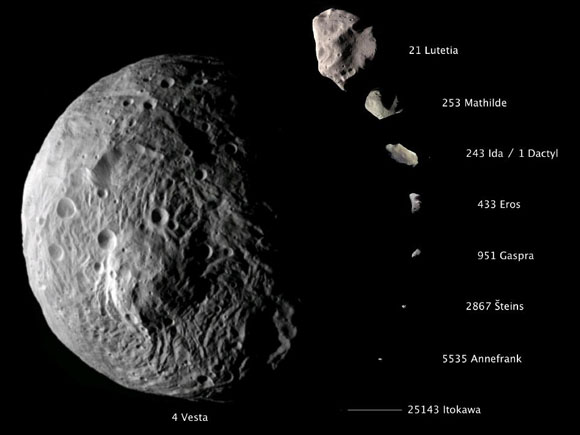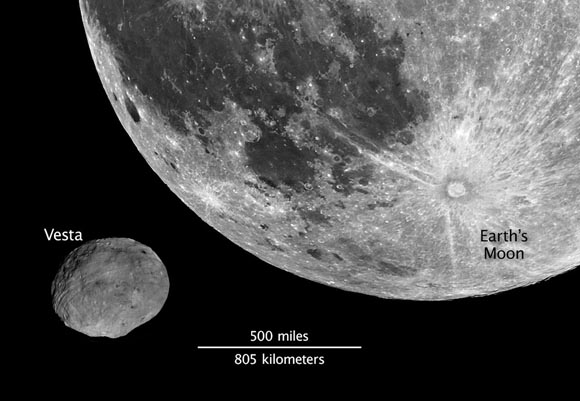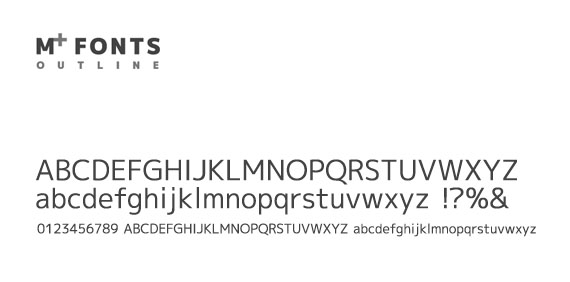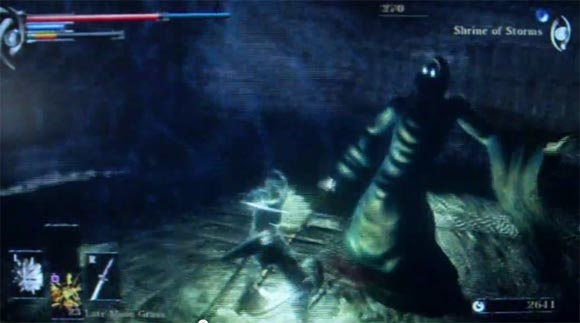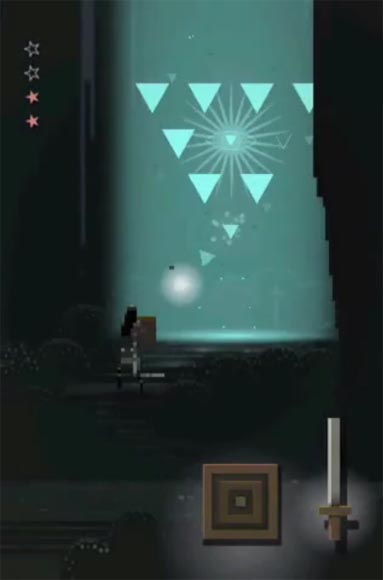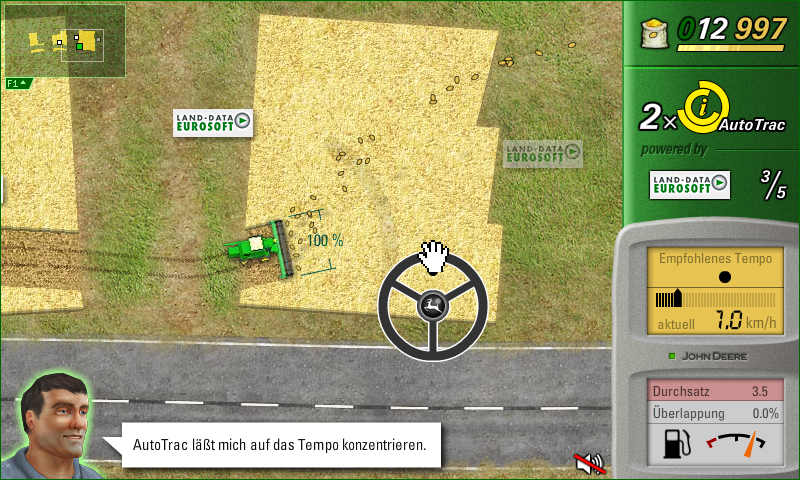Now here is one book I was happy to delete from my Kindle. I recently finished “A Fire Upon The Deep” by Vernor Vinge. I was throughly disappointed by it.
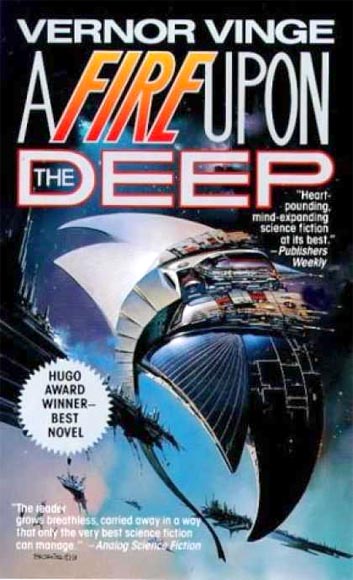
A cheesy spaceship airbrush, 2 review quotes, one prize sticker and some seriously misguided typography. I should have known.
How I came to read the book I don’t really know anymore. I guess it came up more than once on my Wikipedia excursions. The synopsis sounded interesting. I was expecting the story of a research expedition slowly uncovering a dangerous ancient mystery. Well, that part was covered in the prologue. And it was written from the perspective of the dangerous ancient mystery. What followed was sub-par (or par I guess), indulgent, slow-paced, pointless Future Fantasy schlock:
Evil Superpowers! – How original! The protagonists battle a god-like super-intelligence threatening to extinguish the ENTIRE GALAXY. You know, like in EVERY SPACE OPERA EVER. But that’s not what gets me. What really rubs me the wrong way is that they actually use the word “evil” to describe it. I kid you not.
Sexism! – The protagonist is a woman. She does NOTHING. Her only purpose is to speak to a child and to get fucked by the Han Solo of this story.
Awkward Sex! – Speaking of which. There is a sex scene where the Han Solo is crying. And it’s in zero G so they drift through his tears while having sex. This gives you an idea of the tastefulness of the author’s writing.
No Tension! – But at least the action is good, right? Nope. The heroes do EXACTLY what they set out to do. There are pretty much no real complications. They stop once very quickly for repairs. They arrive at their destination, trigger the Deus Ex Machina and die their pointless wannabe-dramatic deaths. It’s a smooth ride all the way.
Non-Solutions to Not-Problems! – Pretty much what I wrote in the first impressions to In Time. The book takes a long time to invent a Universe governed by completely fictional set of rules. And then the Deus Ex Machina at the end reveals that everything we have been told is actually wrong and that it is governed by a very different but equally fictional set of rules. Who the fucks actually cares about this?
Never Ending! – And yeah. It’s over 650 pages long. That story could have been written in less than 50, easily. I pretty sure the only reason why it hasn’t been is that then, everybody would have clearly seen pointlessness of it all. You know, such long stories kinda lull you in so at some point, the sheer magnitude of the book suggest meaning. Many modern books work like this nowadays.
It confuses me is that is why it is categorized by some as Hard Science Fiction. I guess because it briefly mentions a Ram Scoop? Well that idea was debunked numerous times already.
So in general, it’s self-indulgent, boring, tasteless, insightless and pointless writing. I thing the fact that it received 4 Best “Sci-Fi” awards, tell a lot about “Sci-Fi”.

